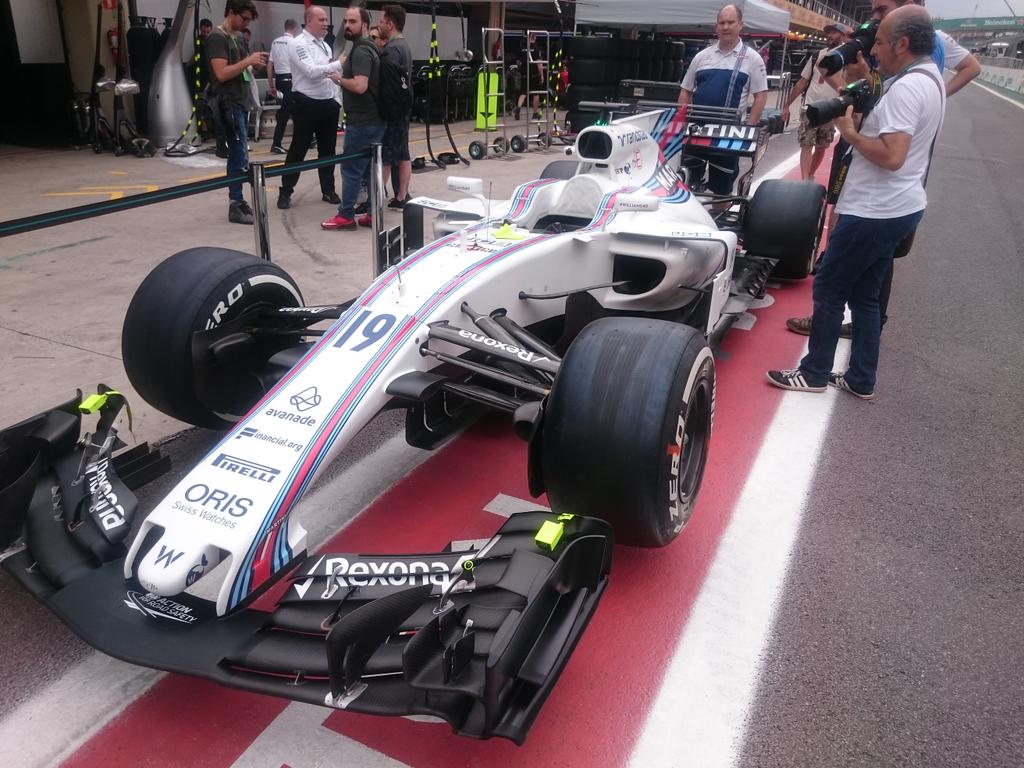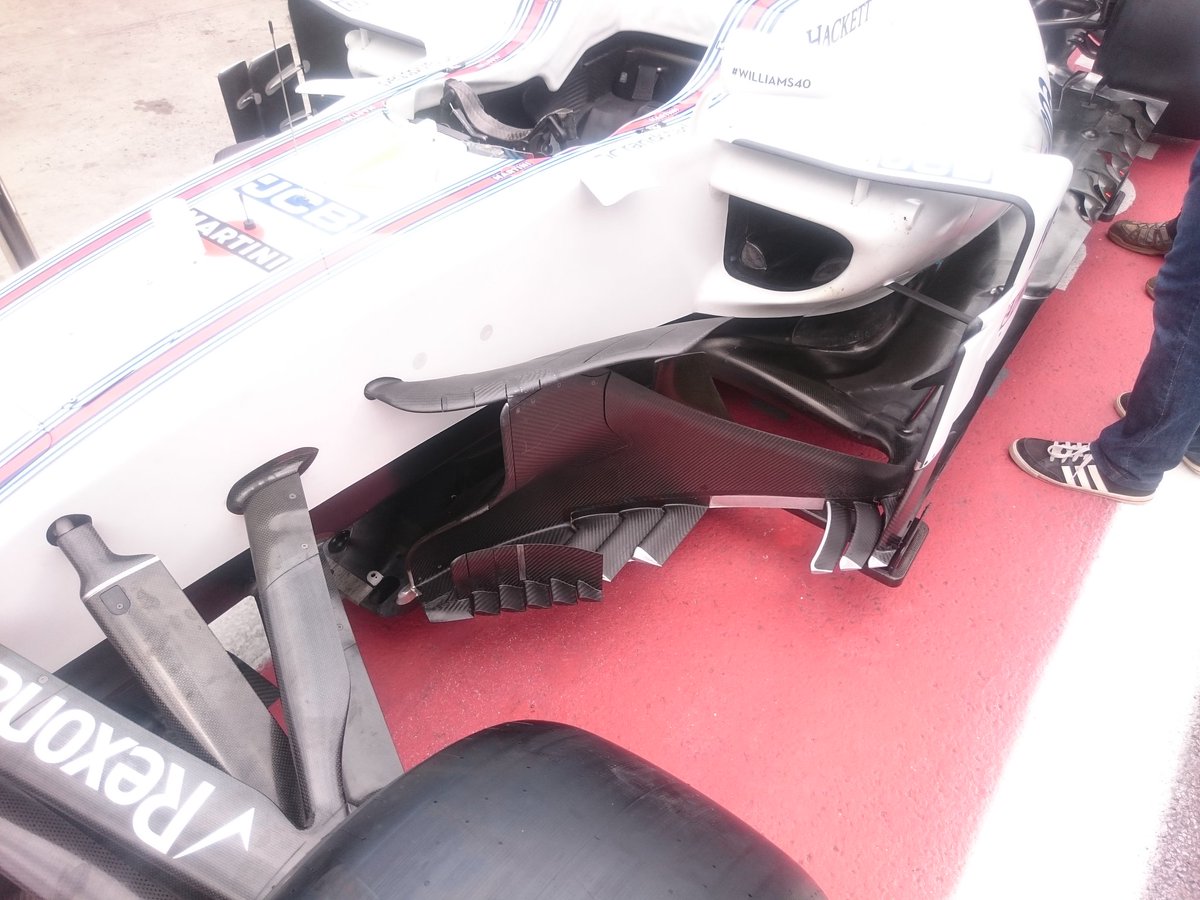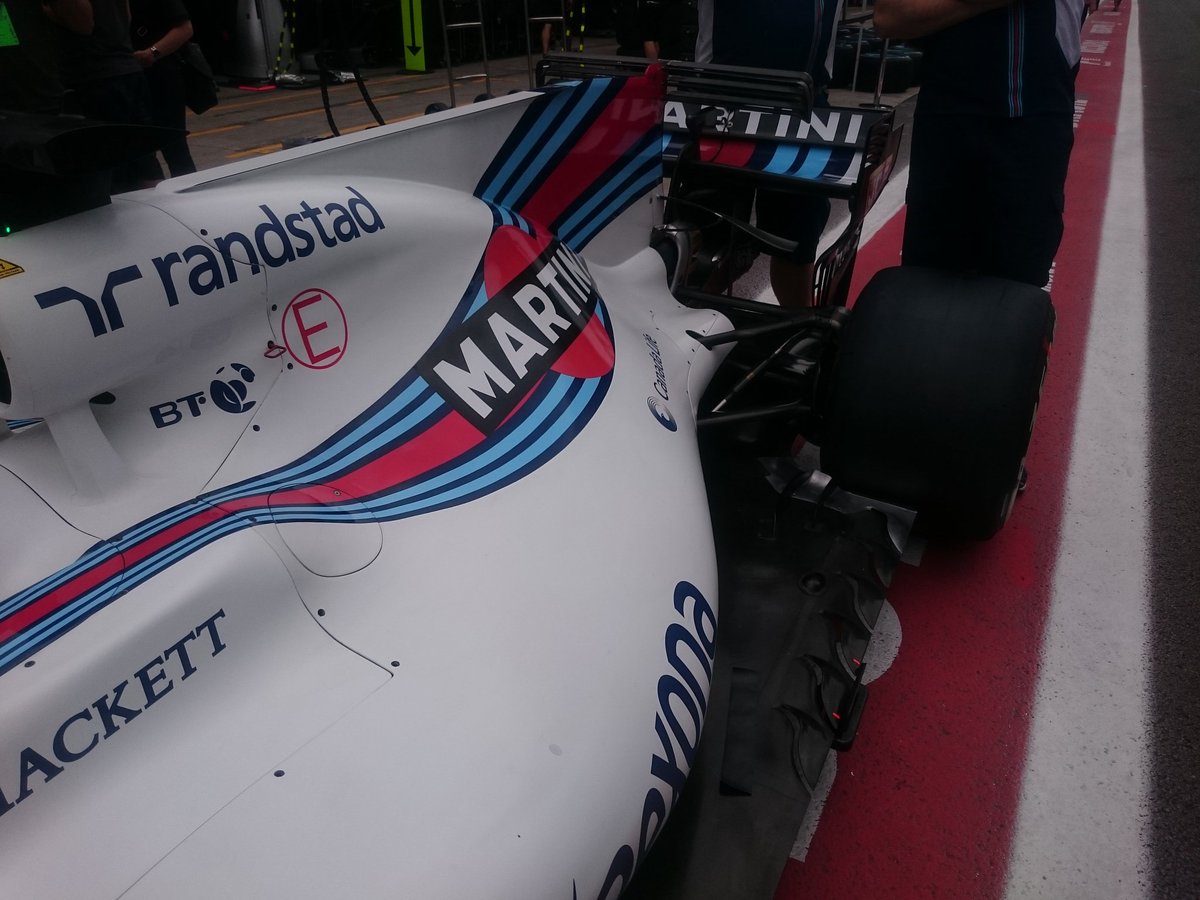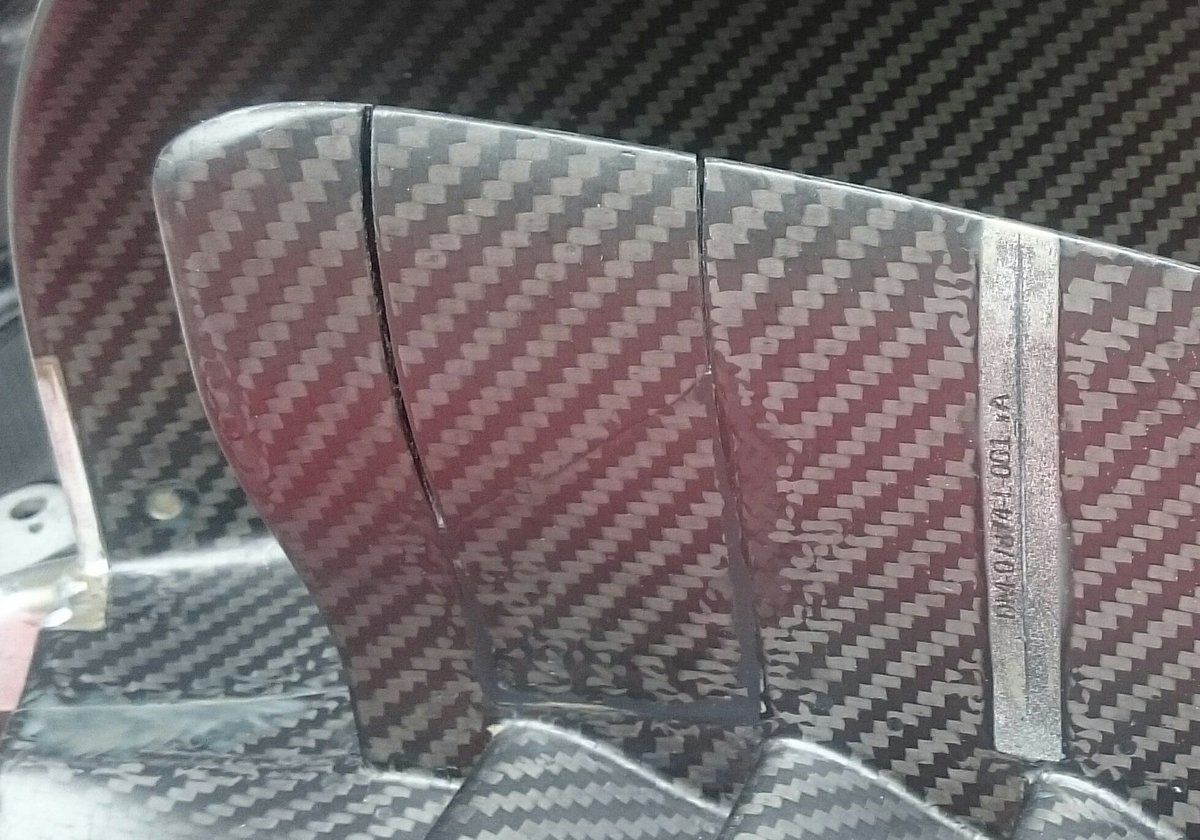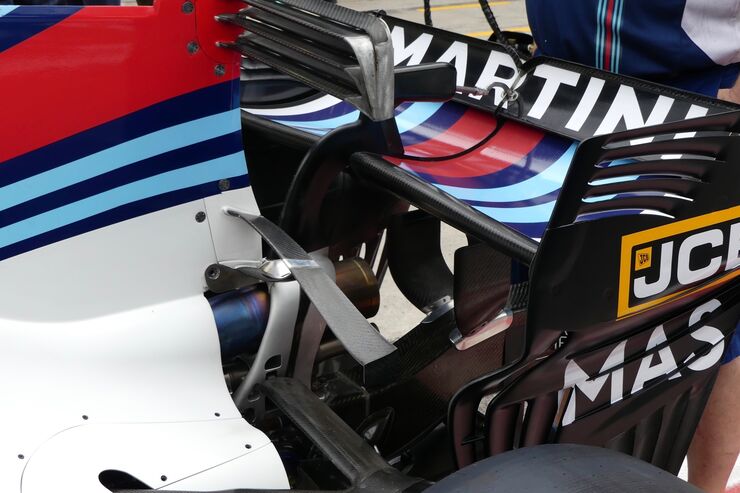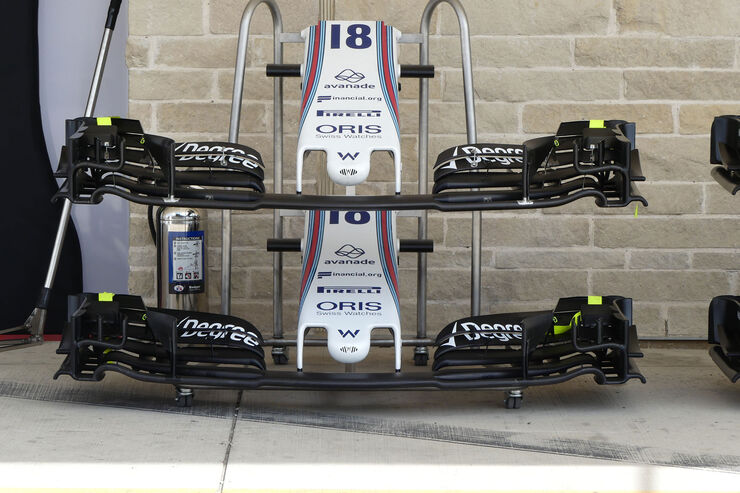
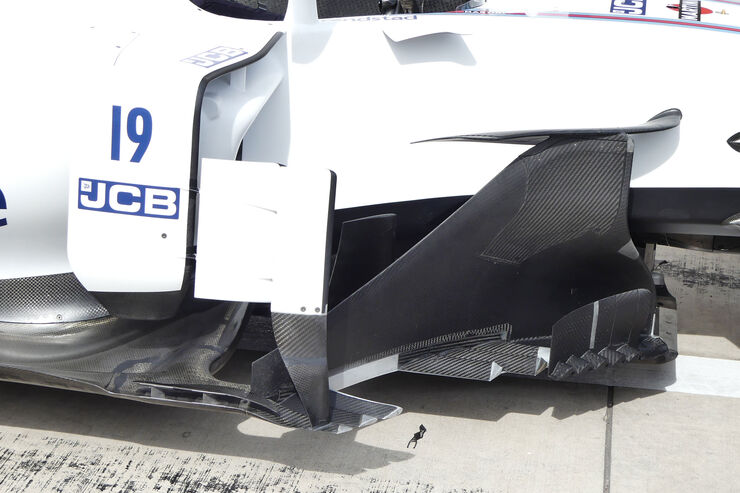
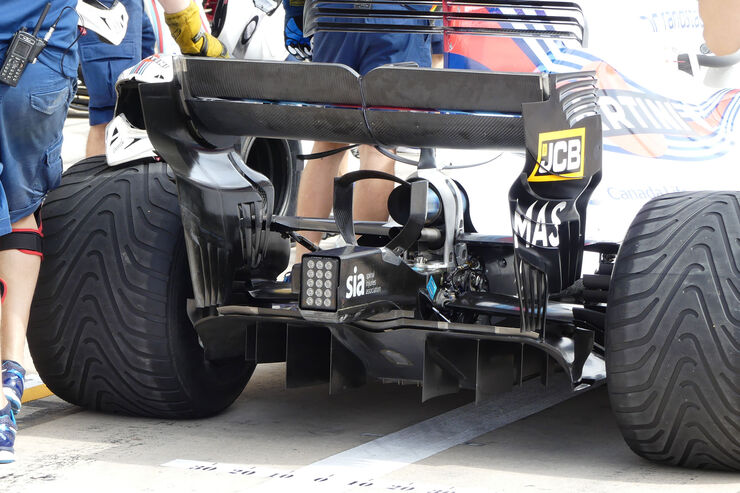
Via AMuS




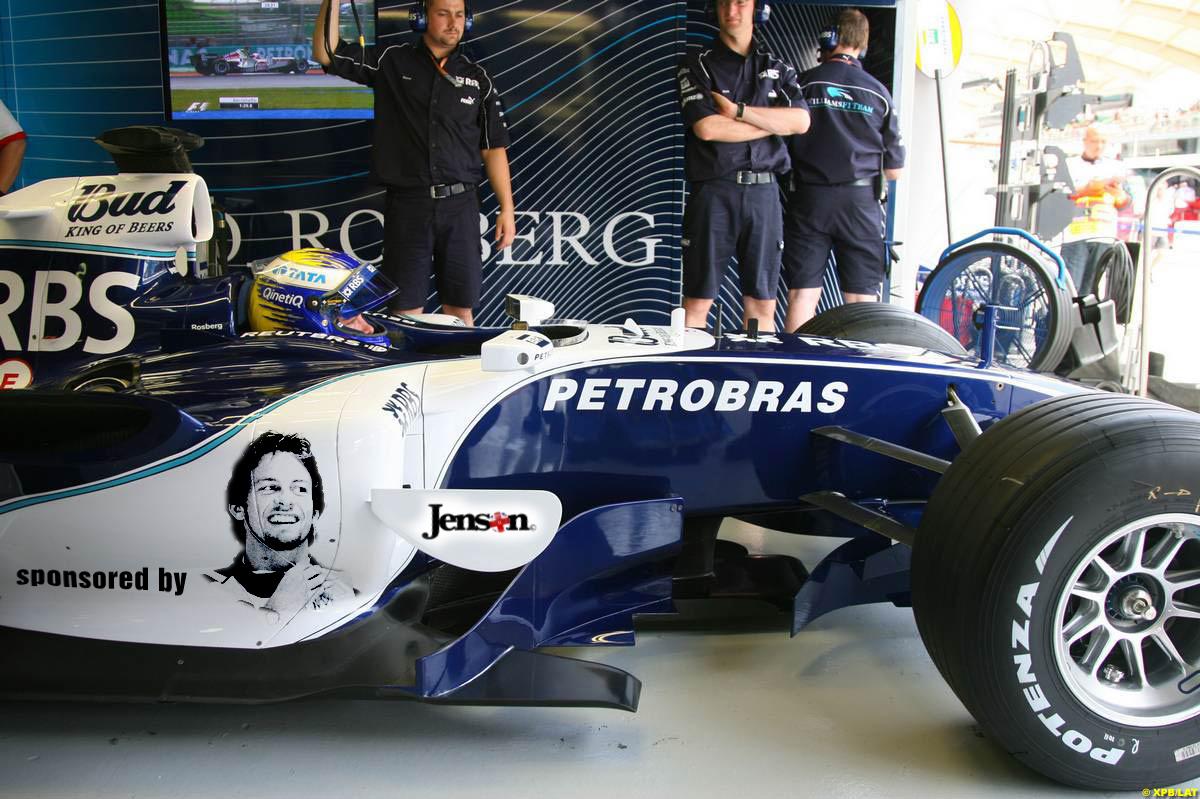
Many of the current bargeboards can be considered as continuations of 2008. Concerning concept their are very much alike. The differences can be explained by 3 things:LookBackTime wrote: ↑07 Nov 2017, 00:29Old aero ideas!!!
https://pbs.twimg.com/media/CKOP2CKWwAADxr8.jpg:large
Тhank you for stealing my picture from my twitter & f1network.net.LookBackTime wrote: ↑07 Nov 2017, 00:29Old aero ideas!!!
https://pbs.twimg.com/media/CKOP2CKWwAADxr8.jpg:large
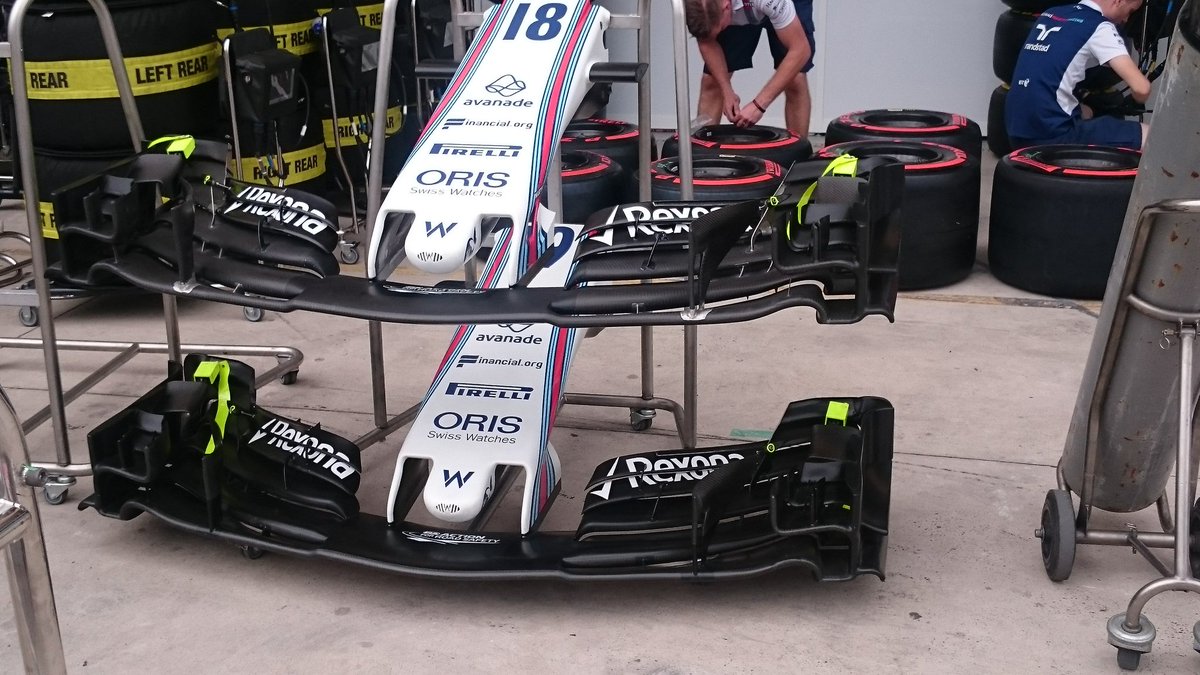
I'd say it's detail comes much more from progress on CFD and the computer front, if you can't design these detailed parts, you won't build them.turbof1 wrote: ↑07 Nov 2017, 12:50Many of the current bargeboards can be considered as continuations of 2008. Concerning concept their are very much alike. The differences can be explained by 3 things:
-Better knowledge of micro aerodynamics
-Higher strength of carbon fibre materials
-Ability to create much more complex bodywork.
I think especially the latter is the key difference. They are much more able to 3 dimensionally curve bodywork pieces. This was a silent evolution throughout the years, but it becomes obvious when comparing the bargeboards.

